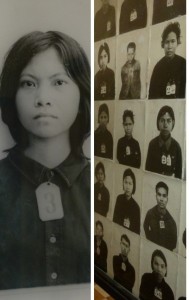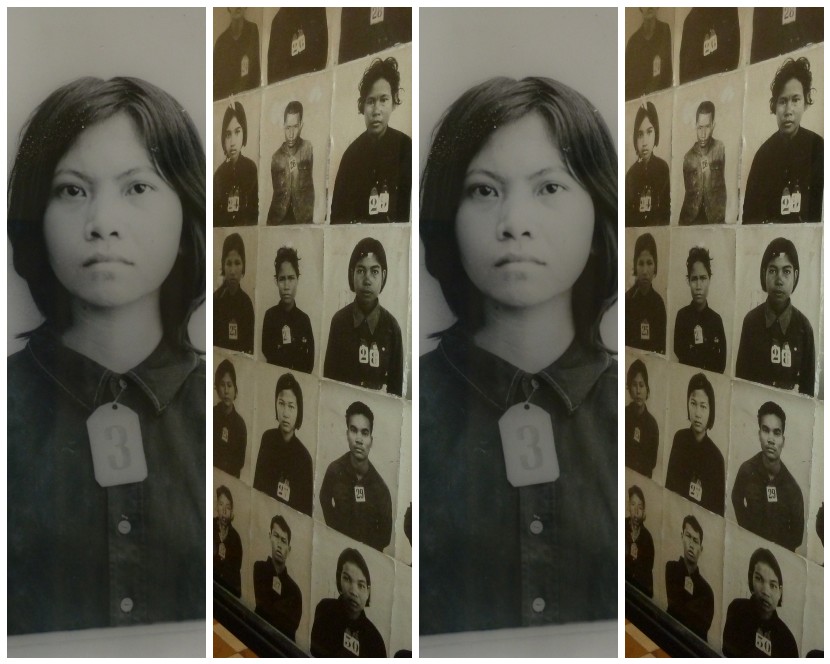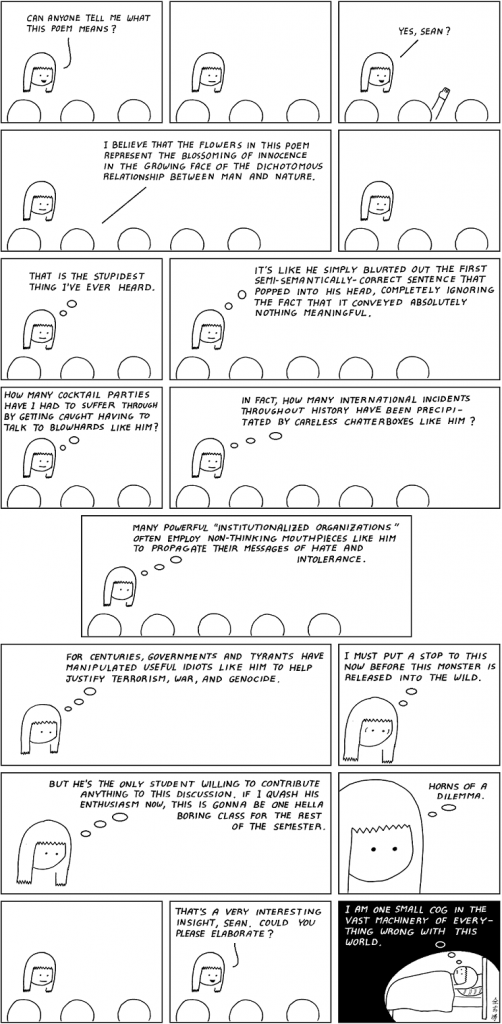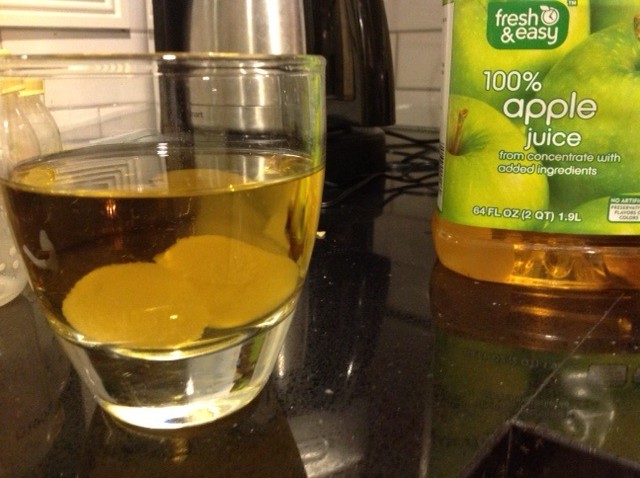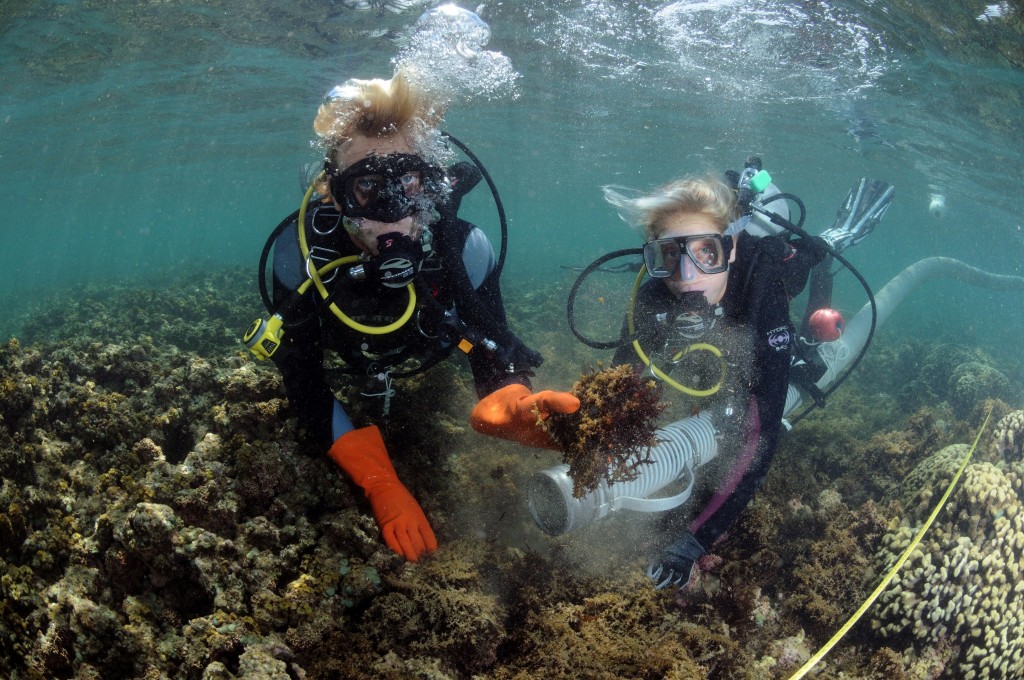Abstruse Goose looks at tired, cynical teachers and BS-ing students and finds the who business depressing.
If it’s ok to write about astronomers’ whose motivations were that as children, they loved stars, is it also ok to write about sex researchers whose motivations were that as teens, they had problems with sex? The Gamble Rule: No. Enough with the humanizing details.
Erik inaugurates an auspicious new series on fact-checking Hollywood: if you knocked someone out, will he really stay knocked out long enough for you to stuff him into the trunk? Again, no, unless you hit him just so but then you end up with a brain-damaged villain.
A photo of a beautiful, intense girl that Michelle sees in a museum on the killing fields of the Khmer Rouge — what happened to that girl? You don’t want to know, you do want to know.
Cassie tells us where babies come from and how they got there in the first place. In detail. In Danish. With pictures you might not be old enough to see. Commenters write in approvingly. Many of them. With videos.
